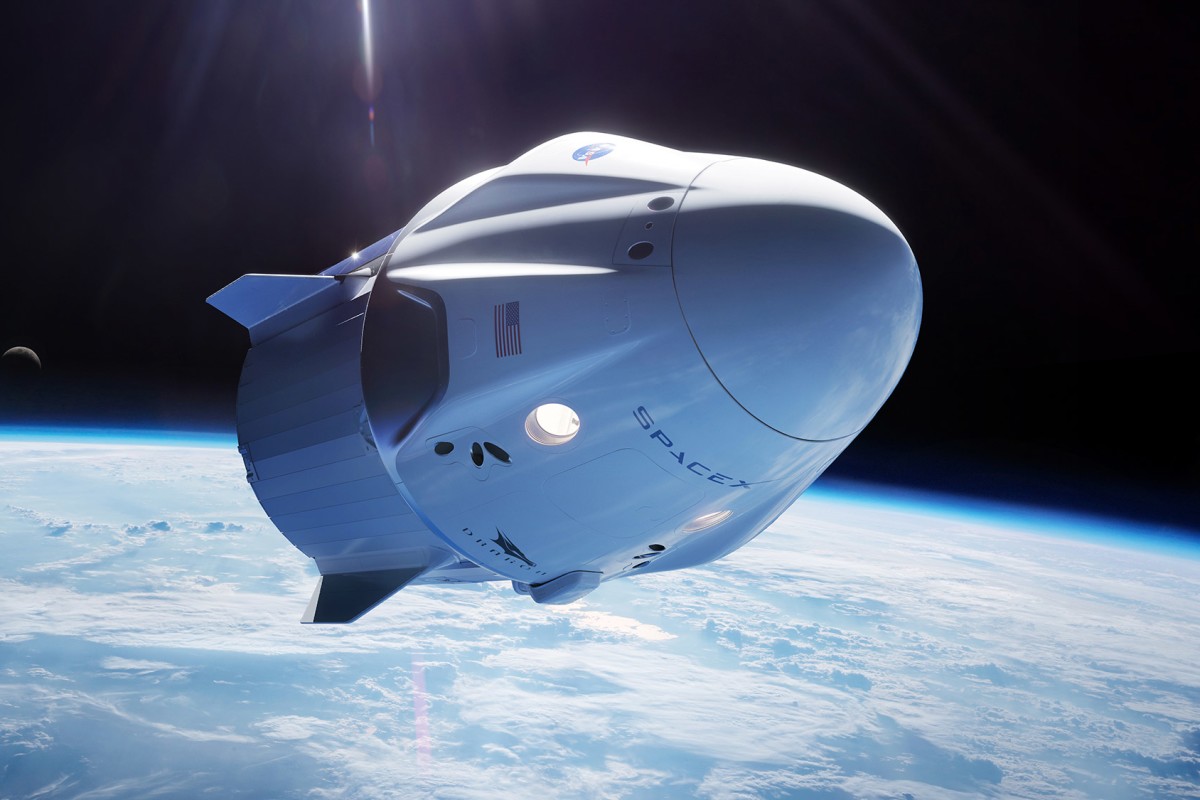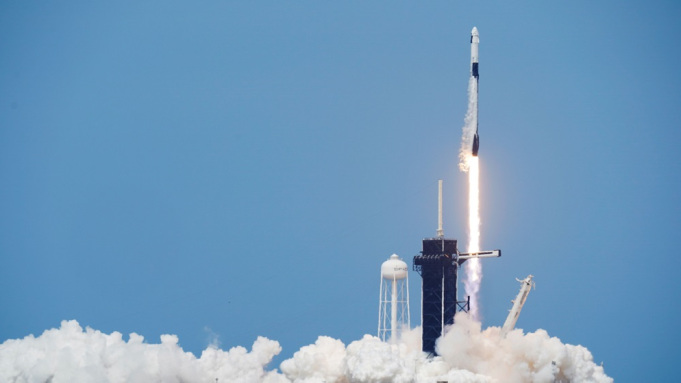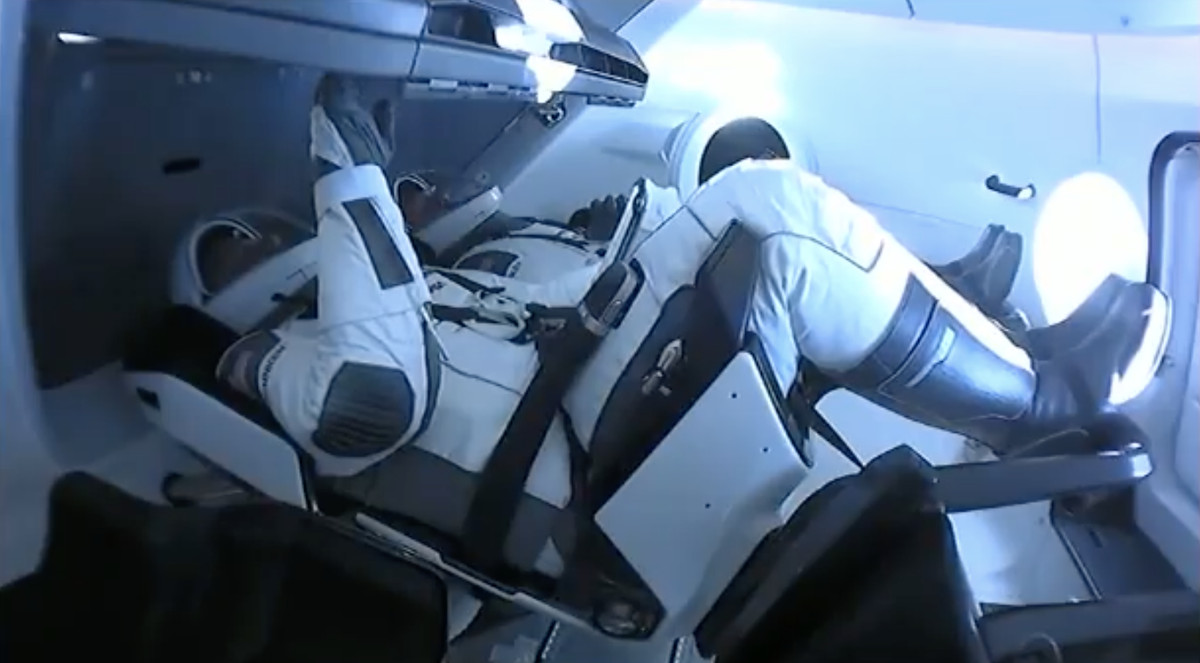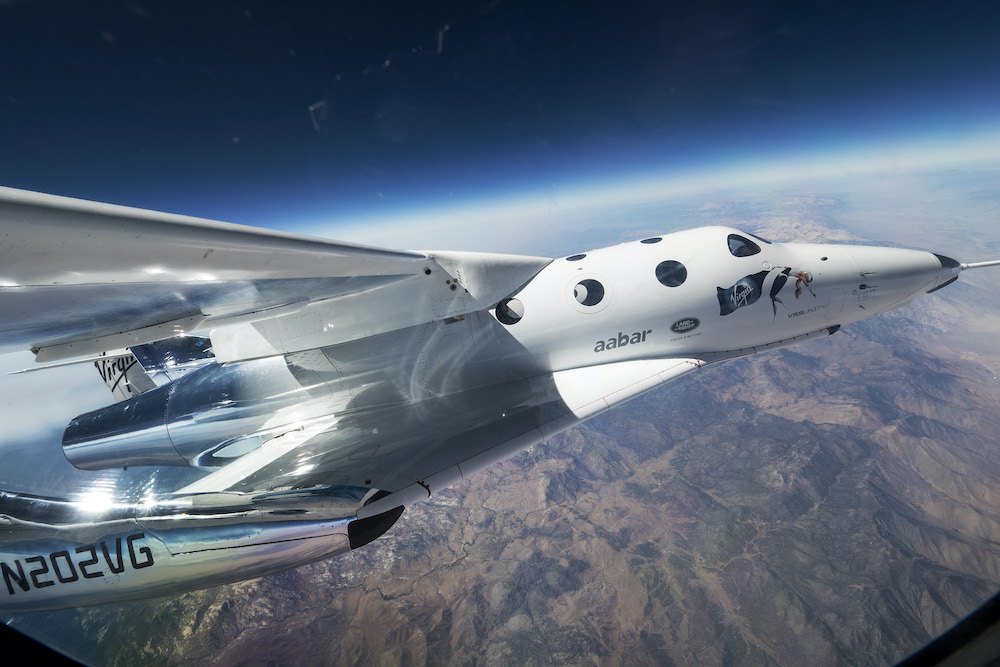
The Dragon Capsule In Space
When George H.W. Bush took office, he announced 1989’s Space Exploration Initiative with the goal of sending more astronauts to the moon. His son, George W. Bush launched a plan named Constellation in 2004 with similar plans. However, both initiatives were cut by the administrations that followed the Bushes.
Now, so many years later, American astronauts being launched into space from U.S. soil is a reality that is back, and in a big way. SpaceX, the company headed by Elon Musk, successfully launched the Demo-2 mission of the Dragon capsule and its 2-man astronaut crew into orbit.

Home Launch, Cape Canaveral, United States 30 May 2020
Many are saying that this launch has ushered in a new era of commercial space travel, and President Donald Trump even said: “the commercial space industry is the future.”
Demo-2 is just the first test flight planned by SpaceX Crew Dragon’s capsule as well as the Falcon 9 rocket for missions with crews aboard to be sent to the International Space Station. SpaceX has a $2.6 billion contract with NASA to continued 6 operational flights, the first of which is planned for August 2020.

The SpaceX Dragon Crew
Since 2012, SpaceX has been sending robotic cargo flights to the International Space Station for NASA. However, the company has plans for expanding in addition to its partnership with NASA. Houston company Axion Space, whose goal is to build a commercial space station in Earth orbit, has already booked a Crew Dragon flight to the International Space Station as well.
Richard Branson’s Virgin Galactic is yet another company interesting in commercial space travel. It has already sent two piloted missions to suborbital space aboard its SpaceShipTwo VSS Unity vehicle. It’s now entering it’s last phase of testing and seeks to begin space tourism on its 6-passenger Unity as soon as possible.

Virgin Galactic SpaceShipTwo Unity
This may just be the very beginning of a new and exciting era of space travel for humans, and might mean the beginning of private spaceships to the moon, Mars, and beyond.
NASA has also launched the Artemis program that plans to send the first female astronaut to the moon in 2024 and plans to establish a long term human presence on the planet by 2028. Once this has been accomplished, there are many plans for reaching Mars as well — but that’s what the 2030’s will be dedicated to. Hopefully all goes according to plan, only time will tell what our relationship with space travel will look like.







